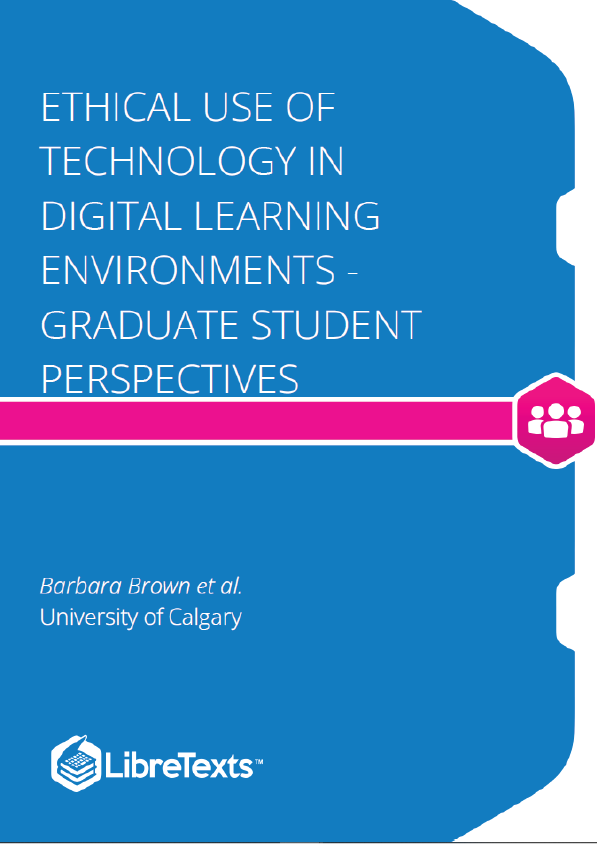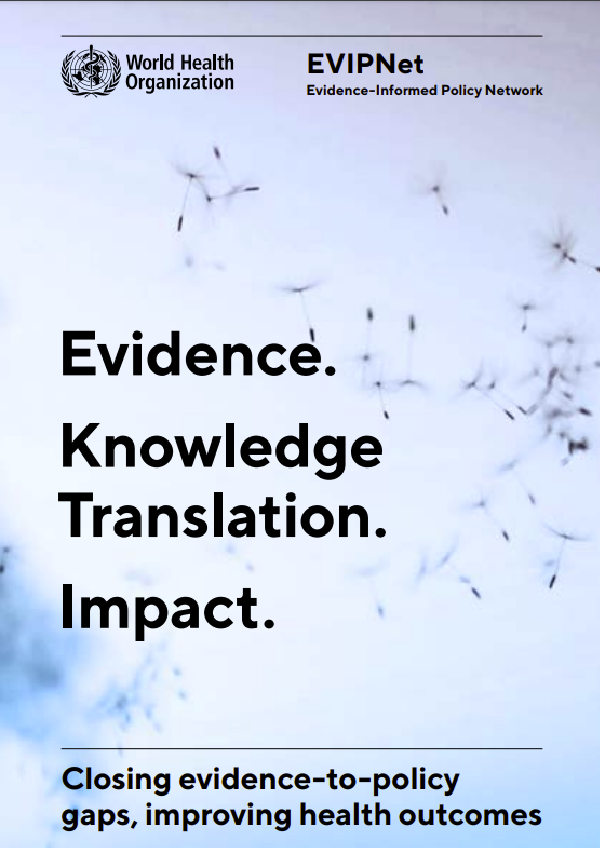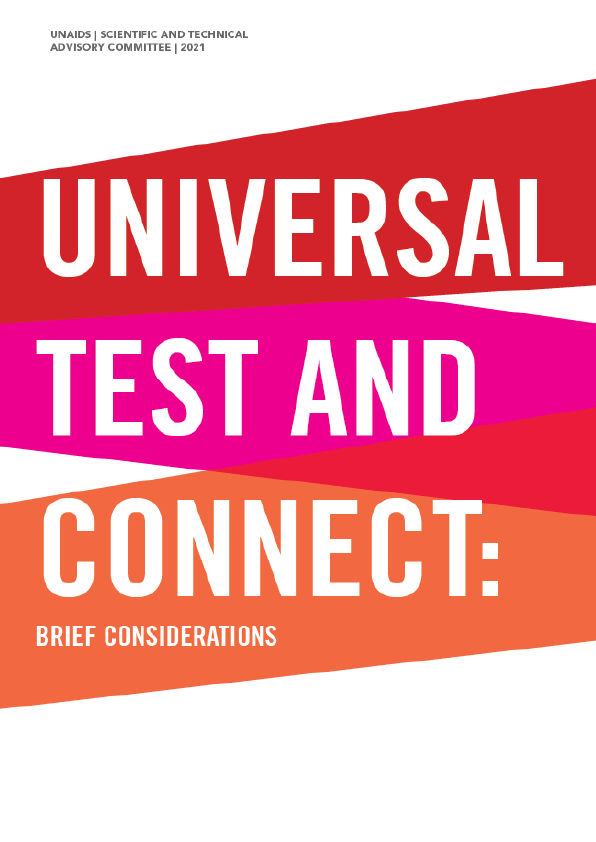This book is the result of a co-design project in a class in the Masters of Education program at the University of Calgary. The course, and the resulting book, focus primarily on the safe and ethical use of technology in digital learning environments. The course was organized according to four topics based on Farrow’s (2016) Framework for the Ethics of Open Education.
Educational Assistive Technologies That Incorporate Artificial Intelligence
As a society, we want to simplify tasks whenever possible. Individuals who use technological devices to make life easier are likely engaging with artificial intelligence (AI), which has computers performing tasks that traditionally required human intelligence (Congressional Research Service, 2018). Educational technologies continue to develop to assist student learning and achievement, and the integration of AI is becoming more common. The type of artificial intelligence with which individuals regularly interact is called ‘weak AI,’ as there are only one or two tasks that this AI performs (Johnson, 2020), and it is often in the form of machine learning. A video from the organization Code.org [New Tab] relays how AI operates and functions in terms of machine learning.
Machine learning relies on software to gain knowledge through experience. All machine learning programs are task specific. Such a program analyzes thousands of data sets to build an algorithm from patterns that would be less obvious to humans, and the algorithm is then adjusted based on whether or not the machine achieved its goal (HubSpot, 2017; Zeide, 2019). This cyclical process is then repeated, and the data sets in the program expand, which some describe as the program getting smarter. The algorithms on which many of these technologies operate are typically not disclosed to the users, but often student data and information is used to run them. AI-based assistive technologies that use weak AI are the ones that will be examined in this chapter, based on the question: What are the ethical considerations of using AI in the form of assistive technologies, and how are teachers and students affected, both positively and negatively, by the integration of these tools? This chapter will discuss different ethical concerns and possible solutions, along with the precautions teachers can take before implementing them in the classroom, and the ways in which students and teachers can use AI-based assistive technology tools to promote positive educational experiences.
Recent years have seen a marked increase in the number of products that use machine learning. AI is becoming more accessible to students, as mobile devices contain a voice assistant, and many devices found in technology-filled homes are programmed with similar functionality (Touretzky et al., 2019). As we continue to use them, the programs within these devices are always learning and always monitoring our choices. (Popenici & Kerr, 2017). Even though these systems are able to perform a wide array of functions to help make our lives easier, they do not have the ability to understand why we request these tasks; however, if we plan to use these programs in an ethical manner, we should know why they do what we ask of them (Atlantic Re:think, 2018). The ability of these programs to improve our lives is what makes them a beneficial technology to our everyday experiences, as well as our education systems. Table 1.1 identifies how AI-based assistive technologies incorporate multiple intelligences through the tasks they are able to perform.











